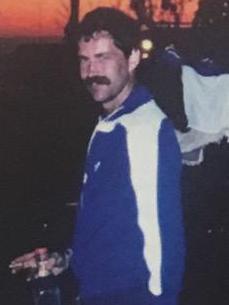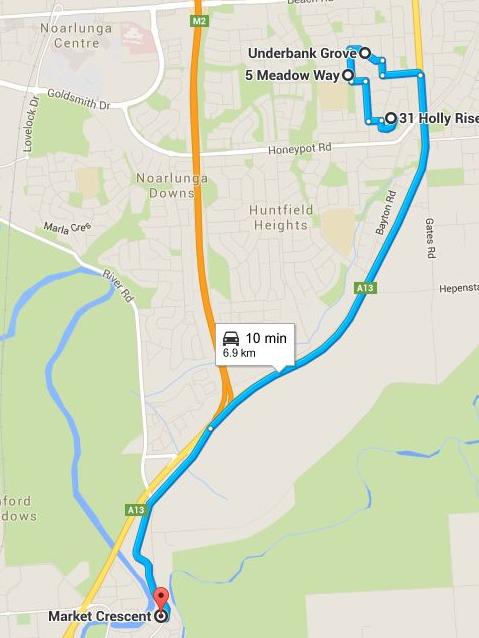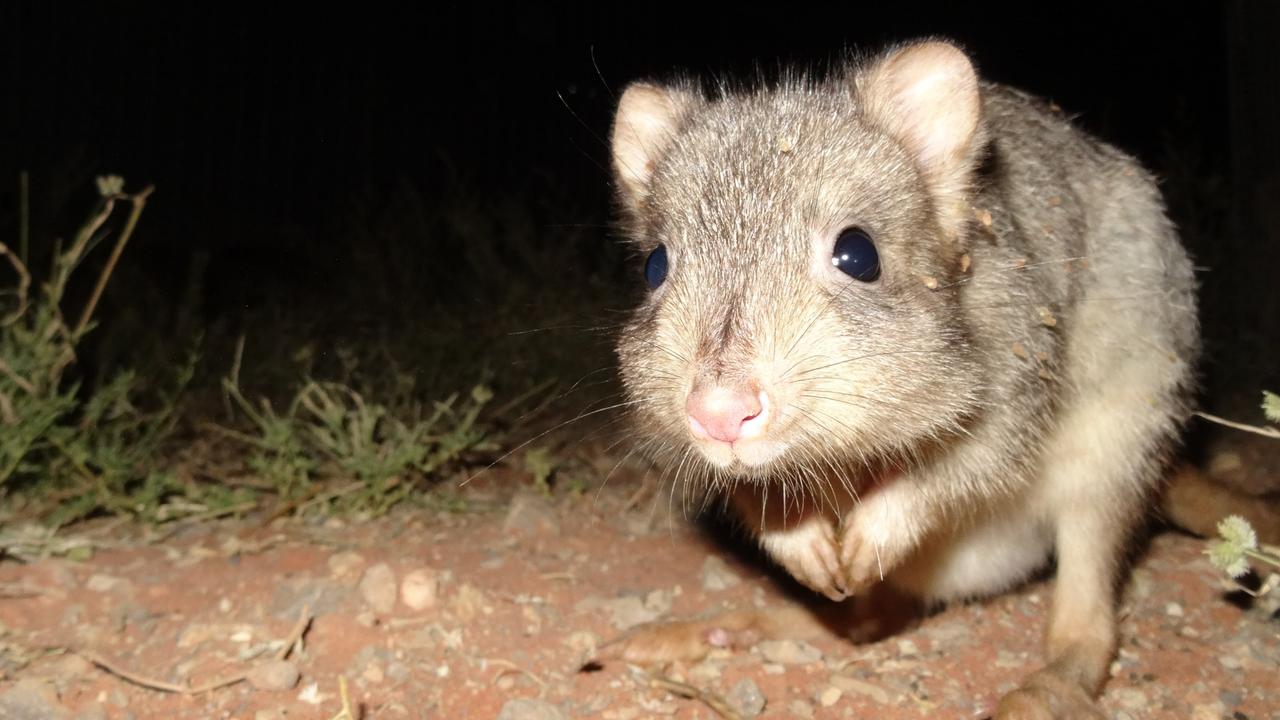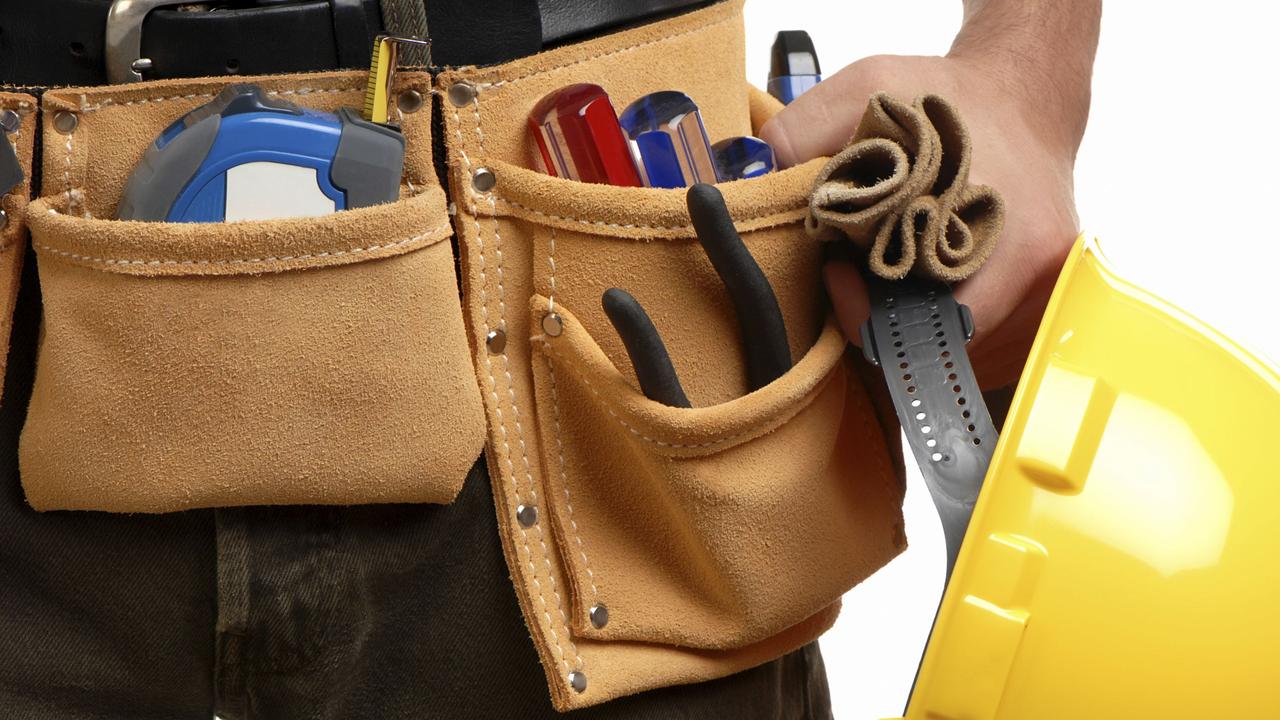Child killer Dieter Pfennig found guilty of murdering schoolgirl Louise Bell in 1983
DIETER Pfennig has been found guilty of murdering schoolgirl Louise Bell, bringing to an end her family’s 33-year wait for justice. The Supreme Court judge who delivered the verdict challenged the depraved ex-teacher to now reveal where he disposed of the bodies of Louise and the other child he murdered, Michael Black.
SA News
Don't miss out on the headlines from SA News. Followed categories will be added to My News.
- Analysis: This verdict vindicates our criminal justice system
- Depraved teacher: Pfennig was pictured with a bound, gagged teen
- The prosecution: DNA was a ‘billion to one’ match
- The defence: Pyjama fluff ‘not enough to convict him of murder’
- Read Acting Justice Michael David’s full judgment here
A SENIOR judge has convicted Dieter Pfennig of the long-unsolved Louise Bell abduction and murder — and challenged the double child killer to reveal the location of his victims’ bodies.
In front of a standing-room only Supreme Court on Friday, Acting Justice Michael David found it proven beyond reasonable doubt that Pfennig abducted Louise from her home in January 1983 and murdered her some time later.
As Louise’s parents embraced and generations of police officers who have worked on the infamous case breathed audible sighs of triumph, Acting Justice David said he wanted to raise an “unusual” matter with defence barrister Grant Algie, QC, before sentencing submissions.
“During this period of time, I say to your client through you if he could tell the authorities where the bodies of Michael Black and Louise Bell are, that may or may not affect your sentencing, I do not know,” he said.
“But I want to bring this whole ghastly thing to an end.”

In a statement read by police outside of court, Louise’s family said the verdict had left them feeling relieved following their 33-year ordeal.
Her father, Colin, looked on as police said neither they nor the family considered the case closed.
Detectives said their goal from day one had been to return Louise to her family, who wanted their beloved girl “home”.
In his judgment, Acting Justice David found the prosecution case to be compelling and consistent, and that Pfennig had displayed an ongoing fascination with Louise and her disappearance.
He said the one-in-one-billion DNA match to Pfennig, taken from Louise’s torn pyjama top, could only mean the killer had touched it — rejecting defence claims the sample had somehow transferred on to the material in an innocent manner.
He said Pfennig had the opportunity to abduct and kill Louise because he had returned early from a family trip and was home alone, without his wife and daughters.
Acting Justice David rejected the claims of two prison inmates — one a convicted fraudster and religious cultist — as unreliable but said that in no way weakened the rest of the prosecution case.
He concluded the interaction and consistency of all the evidence left no reasonable possibility other than Pfennig being the murderer.
The Advertiser understands Pfennig’s counsel consider an appeal “quite likely” — and will yet again challenge the DNA evidence.
It’s understood they will meet with Pfennig at his prison next week to discuss a legal challenge which they have 28 days to file.


DELAYS AND DNA
Pfennig’s trial began in September last year, enduring delays when he had a heart attack in his prison cell and during his subsequent recovery.
The former teacher, 68, denied abducting Louise, 10, from her Hackham West home in January 1983 and murdering her some time before March 1 that year.
He is the second person to be accused of the abduction — Raymond John Geesing served 16 months’ jail, in the 1980s, before he was acquitted on appeal.
Pfennig is already serving a life sentence for the 1989 murder of Michael Black, 10.
Neither child’s body has ever been recovered and, in their evidence at trial, prison inmates claimed Pfennig said they are buried together.
Central to the prosecution case was a DNA sample taken from Louise’s pyjama top which, analysis suggests, is a one in one billion match to Pfennig.
Defence counsel fought that assertion — based on thousands of pages of scientific evidence written in Dutch — throughout the trial.
Pfennig’s case is the first time the pioneering technique that secured and analysed the DNA sample has been used in an Australian matter.
His conviction could set a standard for future trials across the country.

To support the use of the DNA technique in Pfennig’s case, prosecutors called evidence from forensic DNA “founding father” Professor Peter Gill.
He is famed for, among his many accomplishments, forensically proving Princess Anastasia did not survive the Russian Revolution.


GONE ‘IN 30 SECONDS’
Prosecutors further supported the DNA case with a significant volume of circumstantial evidence which they claimed proved Pfennig is the killer.
They alleged a police re-enactment of the abduction proved Louise would have been taken from her bedroom in just 30 seconds.
Pfennig, they said, lived seven minutes’ walk from her home and liked to jog at night — in those days, the street lights in Hackham West turned off at 1am.
Louise’s pyjama top was located, neatly folded, on the lawn of a neighbour who also received a phone call from the abductor, claiming the girl was “happy with them”.
The top was ripped in such a way to suggest it had been torn from a child’s body — and that the child’s hands had been bound behind their back when it occurred.
The anonymous caller also directed the neighbour to a piece of broken brick at a South Rd intersection, beneath which Louise’s earrings were recovered.
In addition to the DNA, the top tested positive for trace elements from the Onkaparinga River — on which Pfennig liked to canoe.
One of his then-friends told the trial Pfennig had once pointed to the water, during a debate about religion and sin, and said Louise’s body “is in there”.

The trial heard that, in 1983, a taxi driver who has since died told police he had driven a man from the Franklin St bus station to Louise’s street in March of that year.
The driver watched as he walked around the area, then took him back to the bus station.
Pfennig had taken his family on a holiday to Swan Reach prior to the alleged abduction, but prosecutors say he returned home alone while his wife and daughters continued on.
His daughter Petra, who had played basketball with Louise, told the trial she questioned her father about the incident but his answers “never made sense to me”.
Pfennig’s former students alleged he falsely claimed Louise was friends with his daughter, and spoke of her disappearance in a “quite cool and almost menacing” tone of voice.
Mid-trial, The Advertiser revealed a photo of Pfennig taken four years after Louise’s disappearance in which he led a bound and gagged boy by a length of rope.
A former prison inmate, whose identity is suppressed, claims a “stoned and sobbing” Pfennig confessed to abducting Louise and then killing her “by mistake”.
Another prisoner, Nigerian cultist and convicted fraudster Stephen Ogho Akpata, also claims Pfennig confessed — both verbally and through a “bizarre” manuscript he wrote in jail.
ALLEGED KILLER’S SILENCE
Pfennig — who changed lawyers mid-trial — elected to exercise his right to silence and did not give evidence in the trial.
At one stage, his counsel asked unsuccessfully for a six-month adjournment and another $250,000 in legal aid funding to challenge the DNA evidence.
Throughout the trial, they maintained the “one in one billion” DNA sample is not on the top itself, but rather on a “piece of fluff” that had attached itself to the top.
That, they argued, was a sign of “transference” — or material moving from one surface to another — and therefore insufficient evidence on which to convict Pfennig.
The rest of the case, they said, was based on the word of grandiose fantasists, appalling frauds and self-important big-noters.

The key evidence
Louise Bell’s pyjama top
Prosecutors alleged it contains a sample of DNA that is a one-in-one billion match to Dieter Pfennig’s genetic profile. The trial heard it was found on the lawn of a nearby house, owned by a woman who says she received an anonymous call from a person claiming to be Louise’s abductor. The caller, she claimed, wanted medical attention for Louise but also said the girl was “happy with them”. Defence counsel said the sample was not on the top itself, but on a “piece of fluff” attached to the top, and so was insufficient for a conviction.
Anonymous phone call
Prosecutors alleged Pfennig was the man who called the neighbour to say he had Louise and to seek medical attention for her, then directed her to the girl’s earrings and left her pyjamas on the lawn. Defence counsel argued the judge could not be satisfied beyond reasonable doubt that the person making the phone call was Pfennig.
Night walk
Prosecutors allege Pfennig lived just seven minutes from Louise’s home, that he was known to walk at night, that the street lights went off at 1am and he could have removed the girl from her bed and house in just 30 seconds. Defence counsel say there was no evidence, including fingerprints, linking their client to Louise’s opened flyscreen window.


